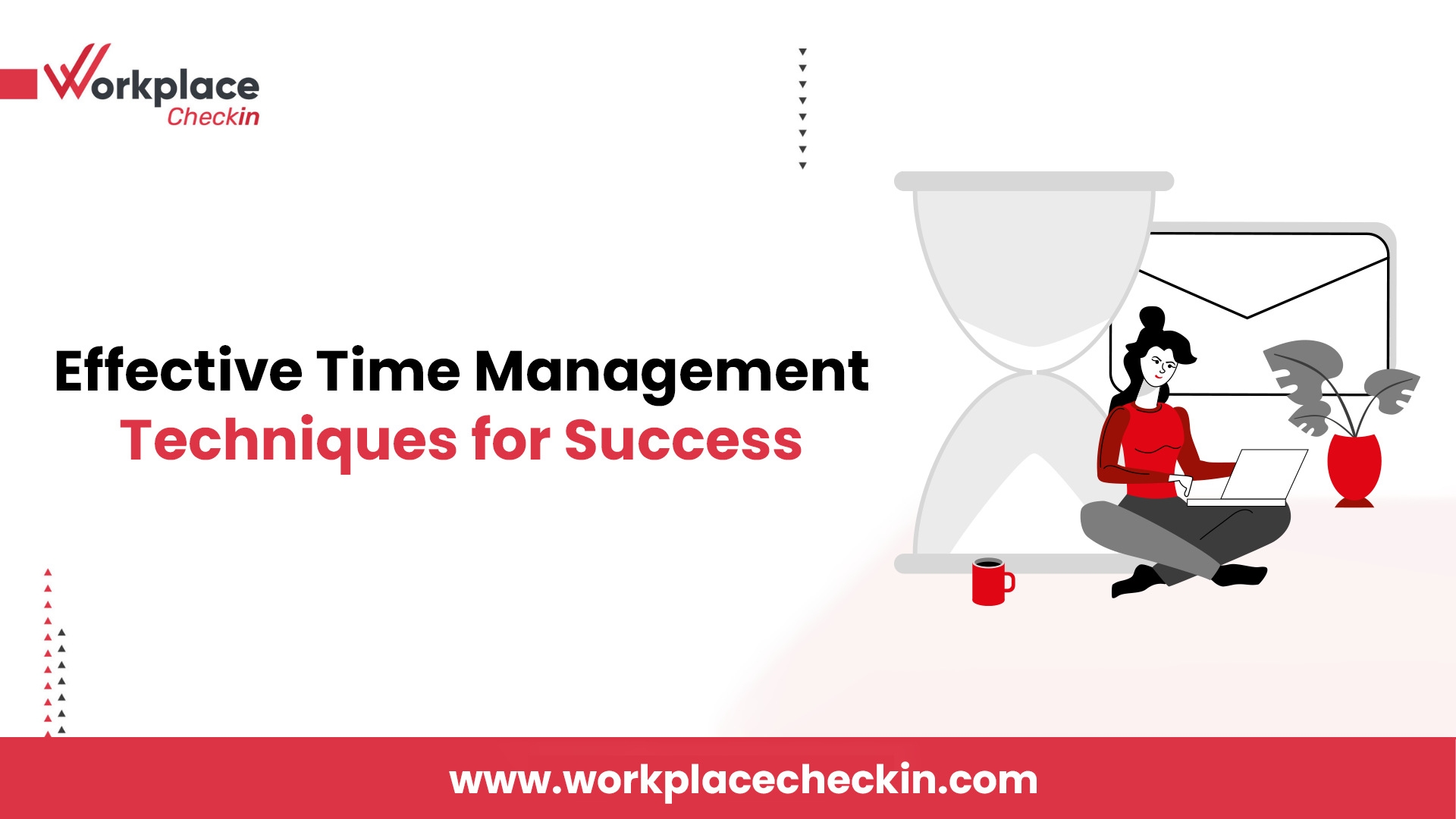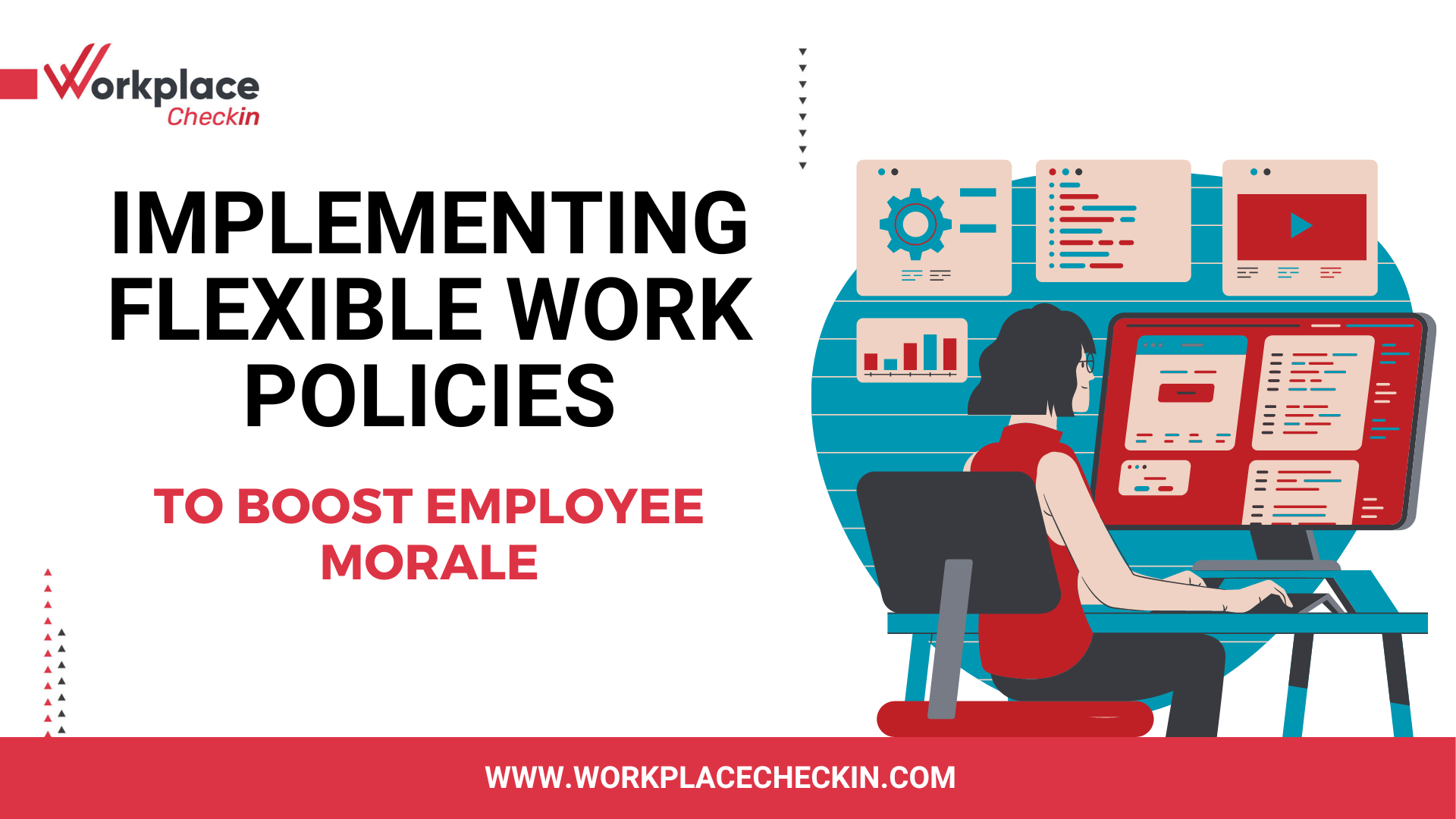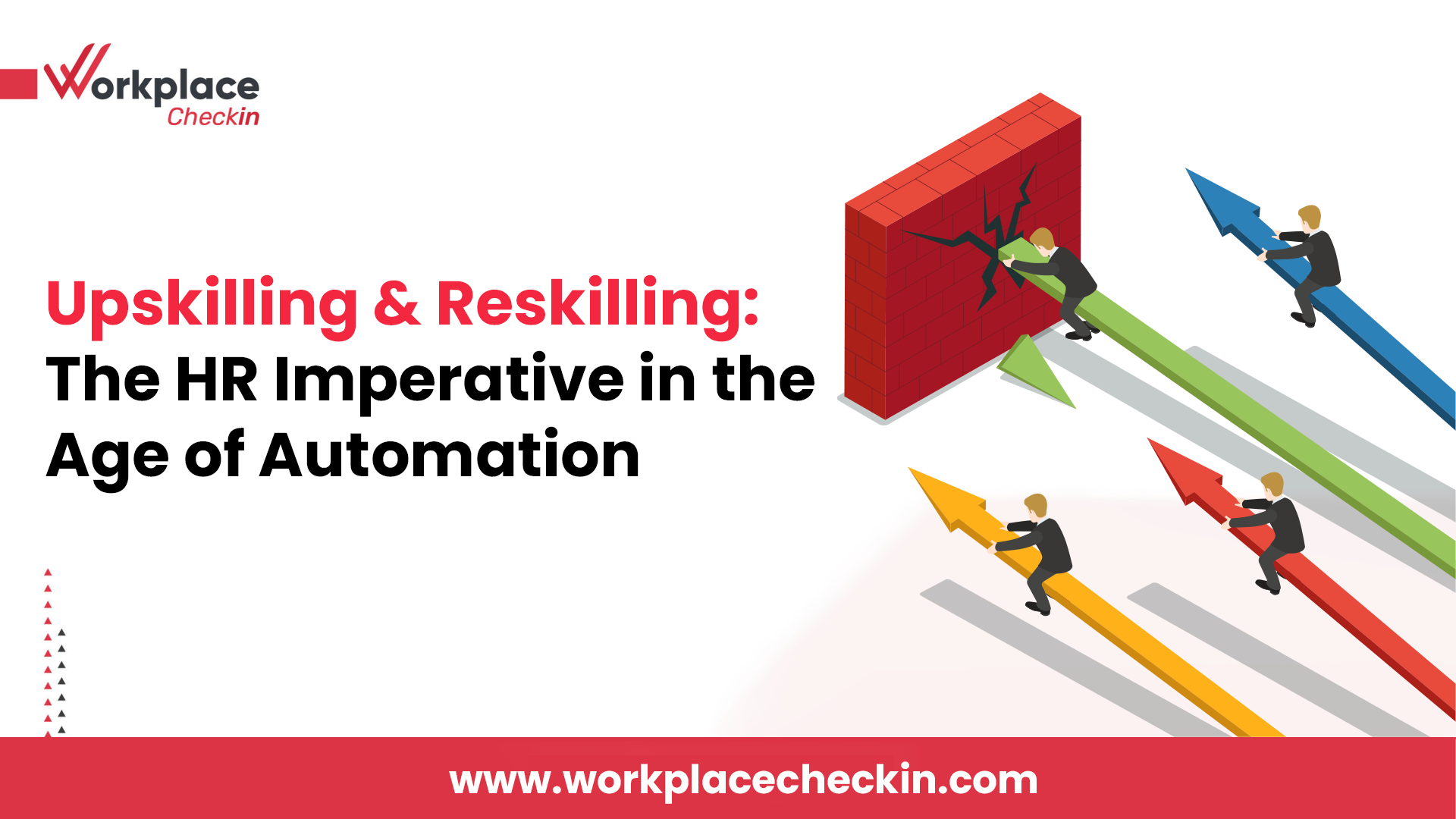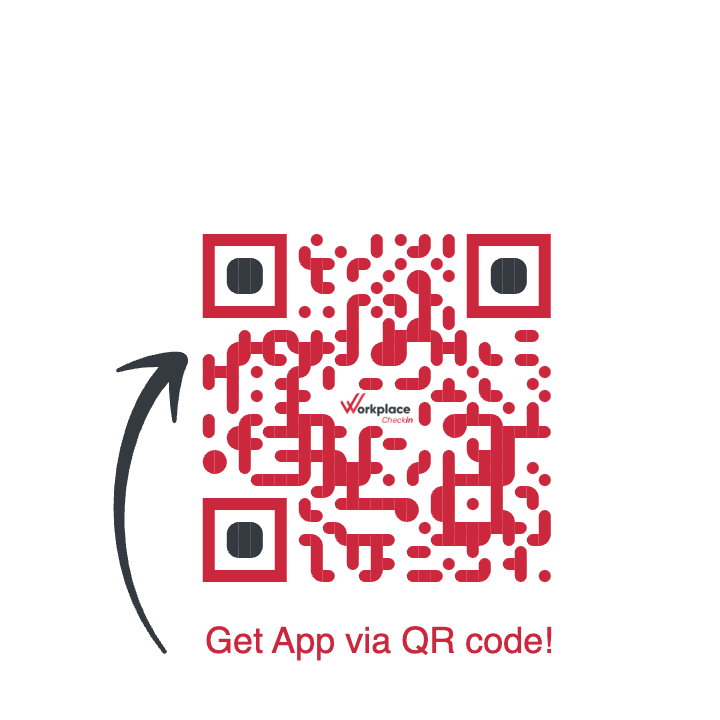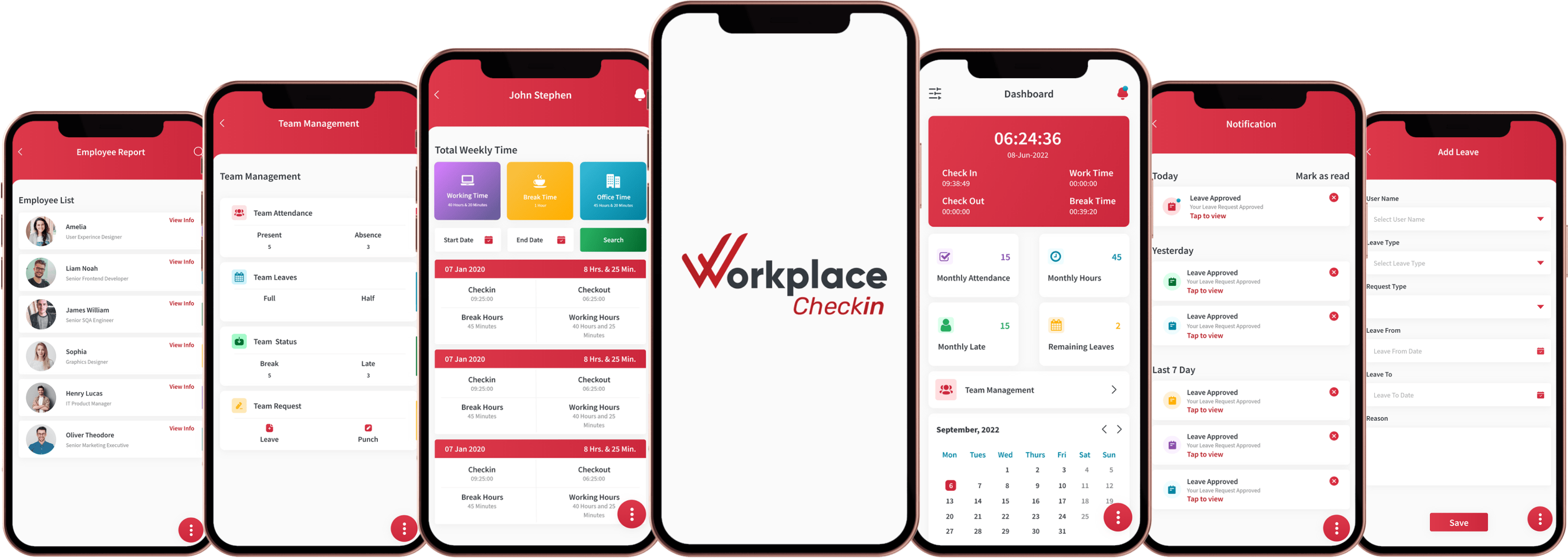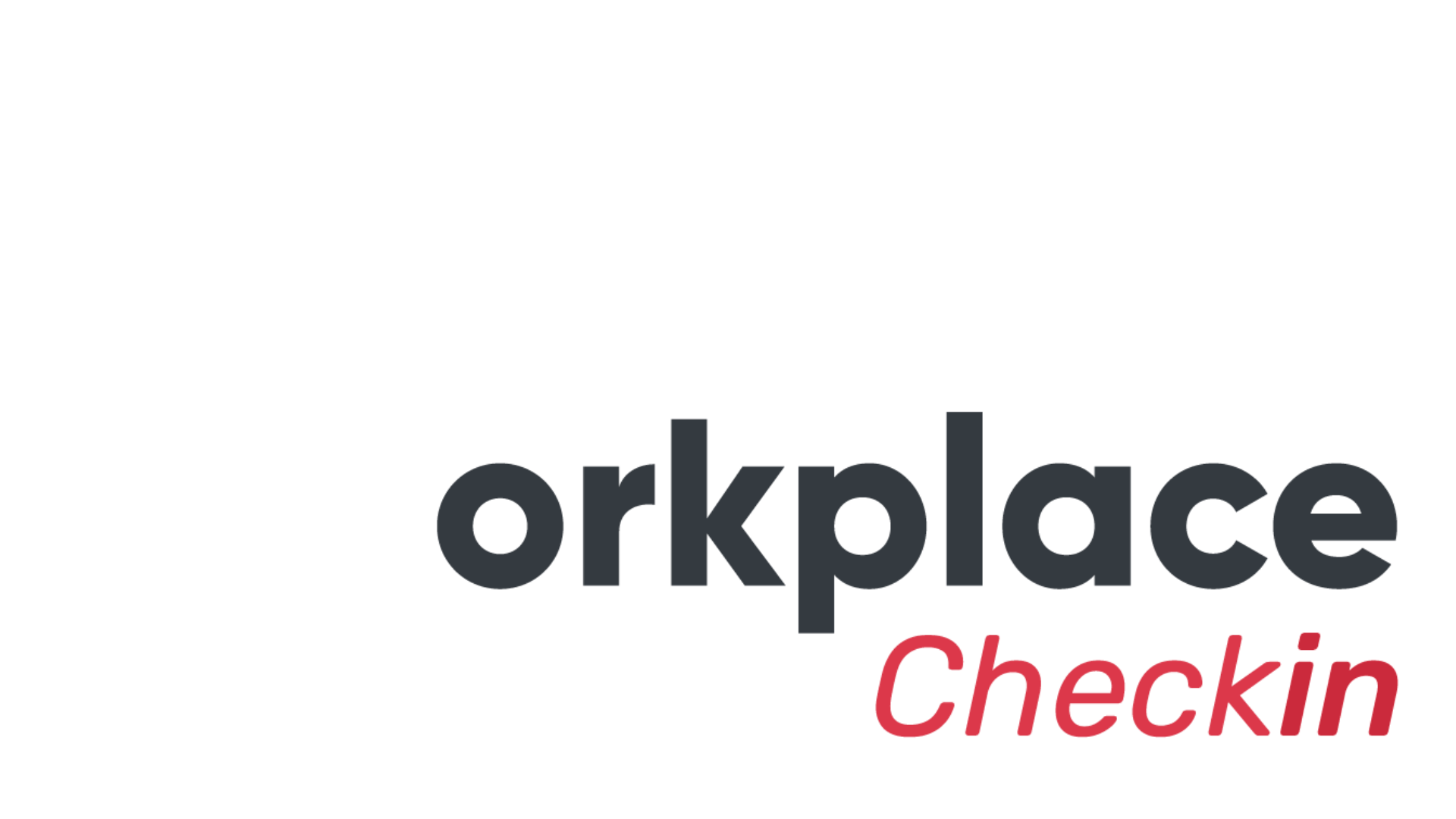

Introduction:
Employee onboarding is the crucial first step in establishing a successful working relationship between an organization and its new hires. It sets the tone for their entire journey within the company, influencing their productivity, satisfaction, and retention rates. A seamless onboarding process not only helps employees integrate quickly but also ensures they understand their roles, responsibilities, and the company culture. In this guide, we'll delve into the key components of a successful onboarding process and provide actionable tips to make it seamless.
Pre-boarding Preparation:
1. Completing Necessary Paperwork Electronically:
Before the new employee's first day, it's essential to streamline the administrative processes by ensuring that all required paperwork is completed electronically. This could include documents such as tax forms, contracts, non-disclosure agreements, and other legal or HR-related documents. Completing paperwork electronically not only saves time but also reduces the risk of errors and ensures compliance with regulations. Utilizing digital platforms or HR software can facilitate this process, allowing both the employer and employee to access and sign documents remotely.
2. Assigning a Buddy or Mentor:
Assigning a buddy or mentor to guide the new hire through their initial days is invaluable. This mentorship provides the new employee with a go-to person for questions, support, and advice, easing their transition into the company. The buddy or mentor should be someone experienced within the organization who can offer insights into the company culture, processes, and expectations. This personal connection helps the new employee feel welcomed and supported from the outset, fostering a sense of belonging and camaraderie within the team.
3. Preparing the Workstation and Equipment:
Ensuring that the new hire's workstation, equipment, and necessary tools are ready for immediate use is crucial for a smooth onboarding experience. This includes setting up their computer, email accounts, access to relevant software and systems, as well as providing any physical equipment or materials required for their role. By having everything prepared in advance, the new employee can hit the ground running on their first day without delays or frustrations. Additionally, providing a well-equipped workspace demonstrates the organization's commitment to the employee's success and creates a positive first impression.

Welcome and Orientation:
1. Warm Welcome and Introduction:
The first day sets the tone for the new employee's experience, so it's essential to give them a warm welcome and introduce them to the team. This can be done through a formal introduction during a team meeting or through informal interactions throughout the day. Taking the time to personally greet the new hire and make them feel valued and appreciated goes a long way in building rapport and fostering a positive relationship from the start. Additionally, providing an overview of the company's mission, values, and culture helps align the new employee with the organization's goals and expectations.
2. Orientation Session:
Conducting an orientation session is crucial for familiarizing the new employee with essential information about the company. This session typically covers topics such as company policies, benefits, organizational structure, and key contacts. It's an opportunity to provide detailed information on HR procedures, such as timekeeping, payroll, and employee benefits, ensuring that the new hire understands their rights and responsibilities within the organization. A well-structured orientation session sets the stage for a successful onboarding experience by providing the new employee with the knowledge and resources they need to navigate their new role effectively.
3. Office or Virtual Workplace Tour:
Providing a tour of the office or virtual workplace is essential for helping the new employee feel acclimated to their surroundings. This tour should include introductions to key personnel, such as department heads or office administrators, as well as an overview of common areas, facilities, and amenities. In a virtual setting, the tour can be conducted through video conferencing platforms, with virtual walkthroughs of digital workspaces and online collaboration tools. By familiarizing the new hire with their physical or virtual environment, they can feel more comfortable and confident in their new surroundings, contributing to a smoother transition into the organization.
Clear Expectations and Goal Setting:
1. Setting Clear Expectations:
It's crucial to set clear expectations regarding job responsibilities, performance standards, and goals right from the start. This involves clearly outlining the specific tasks and duties the employee is expected to perform, as well as the quality and efficiency standards they are expected to meet. By providing clarity on what is expected of them, employees can better understand their role within the organization and work towards achieving their objectives.
2. Establishing Measurable Objectives and Timelines:
In addition to setting expectations, it's essential to establish measurable objectives and timelines for the employee's first few weeks and months on the job. These objectives should be specific, measurable, achievable, relevant, and time-bound (SMART). By breaking down larger goals into smaller, actionable tasks, employees can track their progress and stay motivated. Setting timelines helps create a sense of urgency and ensures that tasks are completed in a timely manner, contributing to overall productivity and success.
3. Encouraging Open Communication:
Open communication is key to fostering a positive working relationship and addressing any questions or concerns the employee may have. Encourage employees to ask questions, seek clarification, and provide feedback on their experiences. By creating a culture of open communication, employees feel valued and supported, which in turn boosts morale and engagement. Addressing any issues or concerns promptly helps prevent misunderstandings and ensures that employees have the resources and support they need to succeed.

Training and Development:
1. Offering Comprehensive Training Programs:
Tailored training programs are essential for equipping employees with the knowledge and skills they need to excel in their roles. These programs should be designed to address the specific requirements of the employee's role and skill level, covering topics such as job-specific tasks, company policies and procedures, and industry best practices. By investing in comprehensive training, organizations demonstrate their commitment to employee development and set employees up for success from the outset.
2. Providing Access to Learning Resources:
In addition to formal training programs, employees should have access to a variety of learning resources, including online courses, webinars, workshops, and mentoring opportunities. These resources allow employees to continue learning and growing in their roles, even after the initial onboarding period. By providing access to a diverse range of learning opportunities, organizations empower employees to take ownership of their professional development and stay ahead in a rapidly evolving business landscape.
3. Continuous Assessment and Feedback:
Continuous assessment of employee progress is essential for identifying strengths, areas for improvement, and development opportunities. Managers should regularly check in with employees to provide constructive feedback on their performance and offer guidance on how to achieve their goals. By providing ongoing feedback and support, managers can help employees overcome challenges, build confidence, and reach their full potential. Additionally, recognizing and celebrating employees' achievements reinforces positive behavior and motivates them to continue striving for excellence.
Integration and Team Building:
1. Facilitating Opportunities for Interaction:
Facilitating opportunities for new hires to interact with colleagues is crucial for building relationships and fostering a sense of belonging within the team. Encourage informal interactions such as coffee breaks, team lunches, or virtual meetups to create opportunities for employees to get to know each other on a personal level. Building strong relationships with colleagues not only enhances collaboration and teamwork but also creates a supportive work environment where employees feel valued and appreciated.
2. Organizing Team-Building Activities:
Team-building activities play a vital role in strengthening bonds among team members and promoting collaboration. Whether it's through outdoor activities, group challenges, or virtual team-building exercises, these activities encourage employees to work together towards a common goal, improve communication skills, and build trust. Team-building activities also provide a welcome break from work, allowing employees to recharge and bond in a relaxed, informal setting.
3. Encouraging Collaboration and Teamwork:
Encouraging collaboration and teamwork is essential for creating a cohesive and high-performing team. Provide opportunities for employees to collaborate on projects, share ideas, and contribute their unique skills and perspectives. Encourage a culture of openness, respect, and inclusivity, where every team member feels valued and empowered to contribute. By fostering a collaborative work environment, organizations can leverage the collective talents and strengths of their teams to achieve shared goals and drive success.

Feedback and Support:
1. Schedule Regular Check-ins:
Regular check-ins provide an opportunity to assess the employee's performance, provide feedback, and address any issues or challenges they may be facing. These check-ins can be scheduled weekly, bi-weekly, or monthly, depending on the employee's needs and the requirements of their role. During these meetings, managers should offer constructive feedback on the employee's progress, acknowledge their achievements, and provide guidance on areas for improvement. Open and honest communication is key to fostering a supportive relationship and helping the employee succeed in their role.
2. Offer Ongoing Support and Mentorship:
In addition to regular check-ins, offering ongoing support and mentorship is essential for helping employees navigate their roles and overcome challenges. Assigning a mentor or coach who can provide guidance, advice, and support can be invaluable, particularly for new hires. Mentors can offer insights into company culture, share their experiences, and provide valuable feedback to help the employee develop professionally. By offering ongoing support and mentorship, organizations demonstrate their commitment to employee development and create a supportive environment where employees feel empowered to succeed.
3. Solicit Feedback from Employees:
Soliciting feedback from employees regarding their onboarding experience is essential for identifying areas for improvement and refining the onboarding process. This feedback can be gathered through surveys, focus groups, or one-on-one discussions with employees. By actively seeking input from employees, organizations demonstrate that their opinions are valued and that their voices are heard. Analyzing feedback allows organizations to identify strengths and weaknesses in the onboarding process, make necessary adjustments, and ensure that future hires have a positive onboarding experience.
Continuous Improvement:
1. Regularly Evaluate and Refine Processes:
Continuous evaluation and refinement of the onboarding process are essential for ensuring its effectiveness and relevance. Organizations should regularly collect feedback from employees, managers, and other stakeholders, as well as analyze performance metrics and outcomes. Based on this feedback and data, identify areas where the onboarding process can be improved, such as streamlining administrative tasks, enhancing training programs, or providing additional support resources. By continuously evaluating and refining the onboarding process, organizations can adapt to changing needs and ensure that it remains effective in preparing new hires for success.
2. Stay Updated on Industry Best Practices:
Staying updated on industry best practices is crucial for ensuring that the onboarding process remains current and effective. This involves keeping abreast of trends, developments, and innovations in employee onboarding and talent management. Attend industry conferences, workshops, and webinars, and network with peers to learn about emerging best practices and innovative approaches to onboarding. Incorporate new ideas, tools, and technologies into the onboarding process to enhance efficiency, engagement, and effectiveness.
3. Foster a Culture of Continuous Learning and Improvement:
Fostering a culture of continuous learning and improvement within the organization is essential for driving innovation and growth. Encourage employees to take ownership of their professional development and seek out learning opportunities to enhance their skills and knowledge. Provide access to training programs, online courses, and resources that support ongoing learning and development. Celebrate and recognize employees who demonstrate a commitment to learning and improvement, and encourage knowledge sharing and collaboration across teams. By fostering a culture of continuous learning and improvement, organizations can adapt to changing market conditions, stay ahead of the competition, and drive long-term success.
Conclusion:
A seamless employee onboarding process is essential for fostering engagement, productivity, and retention. By following the steps outlined in this guide, organizations can create an environment where new hires feel welcomed, supported, and empowered to succeed. Remember, effective onboarding is not a one-time event but an ongoing process that requires commitment, communication, and collaboration from all stakeholders. Investing in a comprehensive onboarding program pays off in the long run, leading to happier employees, higher performance, and ultimately, organizational success.
